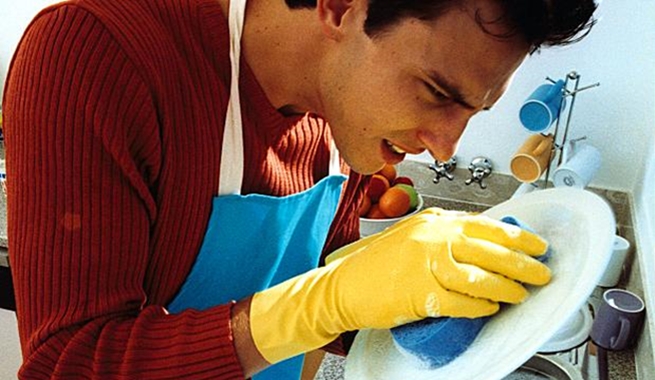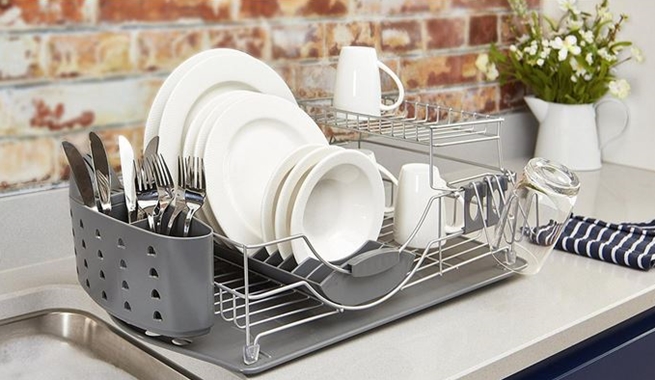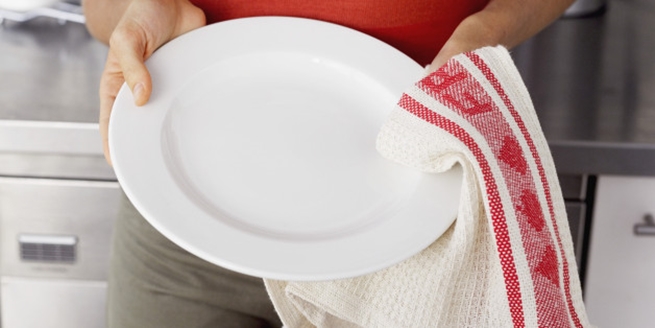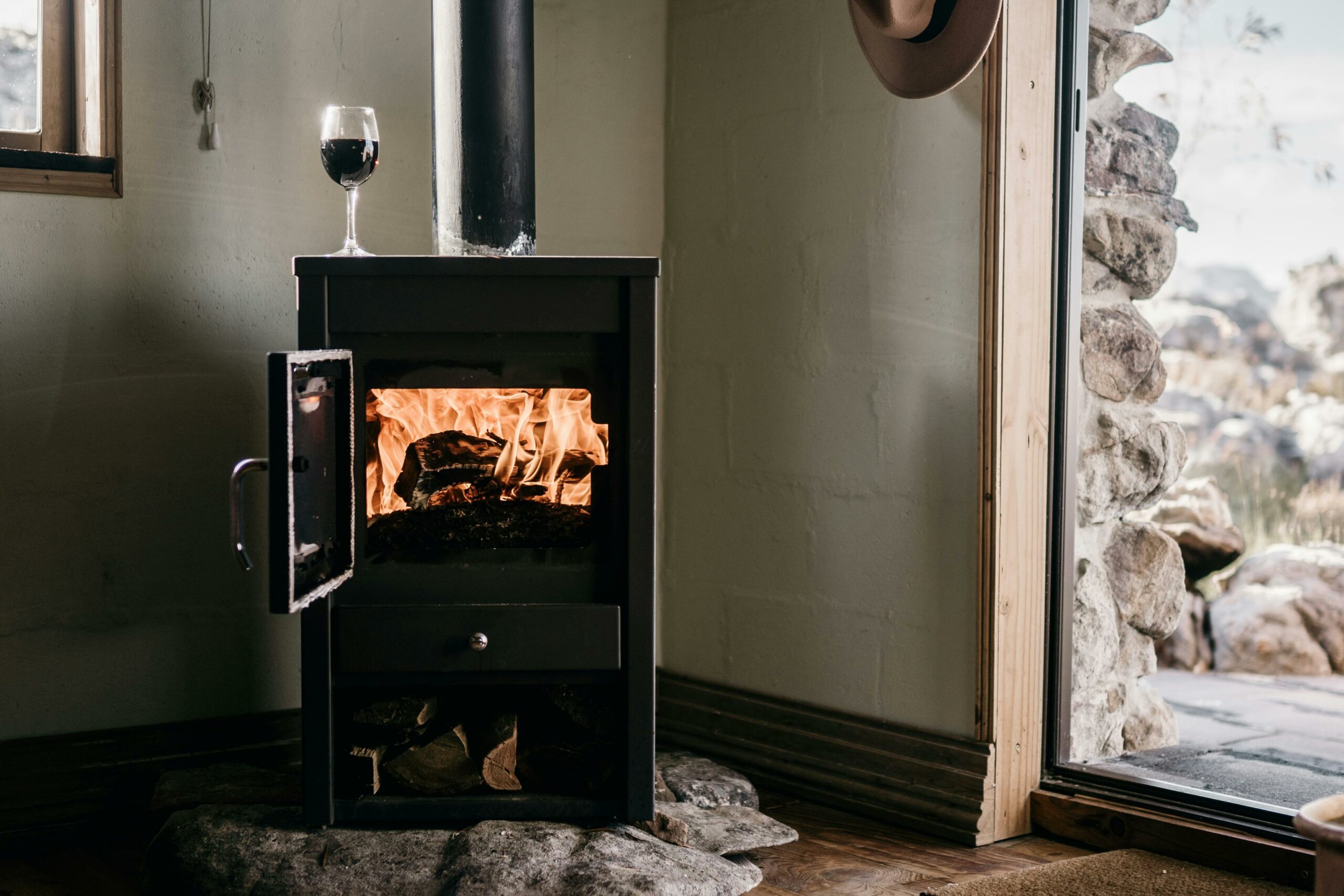Sooner or later, you will have to do it. You’ll have to wash that pile of dirty dishes. Read on to learn how to go about it the right way… and then just do it!
Tip: Read on even if you have a dishwasher, because some dishes do not take to machine washing: such a sharp knives, hollow-handled knives, most non-stick pots and pans, cast iron, porcelain dishes with metallic decorations, wood, many types of plastic, and so on.

As always, preparation is everything. Make it a habit to scrape off the food into the dustbin and to give the dishes a quick rinse before you stack them neatly on the counter. Do not stack dirty dishes in the sink, because you’ll only have to take them all out. If you have a double sink, use the first one for soaping and the second for putting away the soaped-up dishes. No double sink? Then leave a nice clean area on the counter for the soapy dishes.
When you feel up to the task (or when you run out of clean dishes), put on your rubber gloves. This is optional, but recommended. However, if you are prone to break things while wearing gloves, better brave the task ahead with bare hands.
Fill about one third of the sink with hot water and add the dishwashing liquid. Dunk in a batch of dirty dishes and scrub them one by one with a sponge or a cloth. Take care to scrub the handles of the cutlery, the stems of wine glasses, the bottoms of the pans, and so on. Also, remember not to soak wooden cutting boards!
The order in which you wash dishes is of crucial importance. Always start with the least soiled items and end with the dirtiest and the greasiest ones. This usually means: glasses, cups, and cutlery go first; plates, bowls, and serving dishes follow; and cooking pots and pans come last.

If you have lots of dishes to wash, you will need to change the hot water in the sink two or three times, adding the dishwashing liquid every time. You’ll know it’s time for a change when the rich foam becomes… less rich. On the other hand, if you have to deal with only a few lightly soiled dishes, you can half-fill a plastic bowl with hot water, instead of using the whole sink.
Tip: Use two or three sturdy mugs (already cleaned!) as holders for the scrubbed and soaped cutlery. That way, the cutlery is nicely grouped and (as you’ll see later on) a breeze to rinse! Put sharp knives with blades down to avoid cutting yourself.
When everything is soaped up, proceed to the rinsing stage. You can fill the sink with lukewarm water and rinse the dishes by dipping them in one by one, changing the water when it looks too soapy. Since the water looks too soapy to me even after a glass or two, I prefer to rinse the dishes under running water, one at a time, except for the cutlery. I place my soapy mugs filled with soapy knives, forks and spoons under the running water, give everything a swirl or two, and voilà – both the cutlery and the mug are rinsed!

After you made sure that your sink and sponge are clean and thoroughly rinsed, dry all those squeaky-clean dishes… or leave them to air dry in a dish rack! There are fervent proponents of both methods. Some say that air drying eliminates one more potential contaminator, the dish towel. Others maintain that towelling gives your dishes “the kind of dignity and care that quality kitchenware deserves, ensuring a harmonious and long-lasting relationship between the chef and his kitchen”. In this debate, I take the middle-of-the road approach: I towel-dry the cutlery and leave everything else to air-dry.
Tip: The dish or tea towel you use for drying the dishes must be lint-free and spotlessly clean and it must not be used for anything else. If it becomes damp in the middle of the drying process, reach for another clean dish towel.
Tip: Dry the drip area underneath the dish rack regularly. Bacteria love to create their colonies in a moist environment!
When you approach dishwashing methodically and with a positive attitude, it’s really not all that daunting. And once you get the hang of it, you can let your hands do the work mechanically while your mind soars freely, plotting your next PowerPoint presentation, planning a birthday party, or just peacefully meditating.









